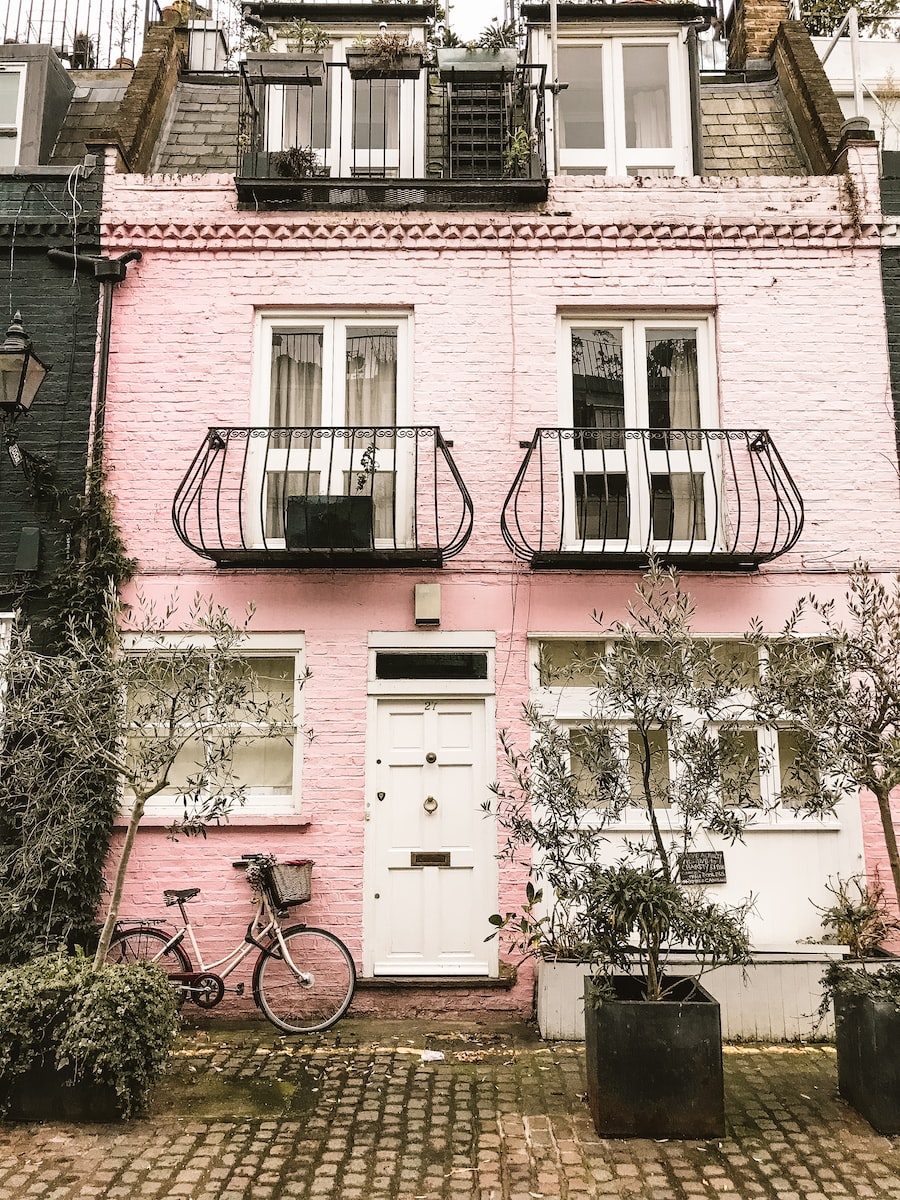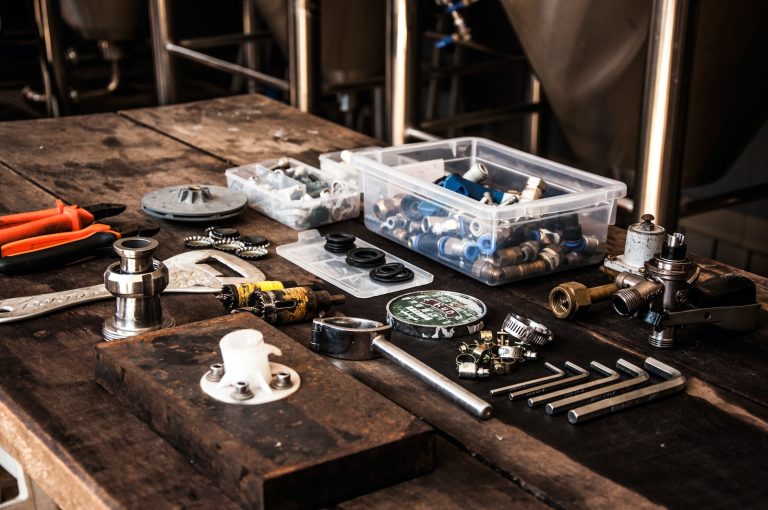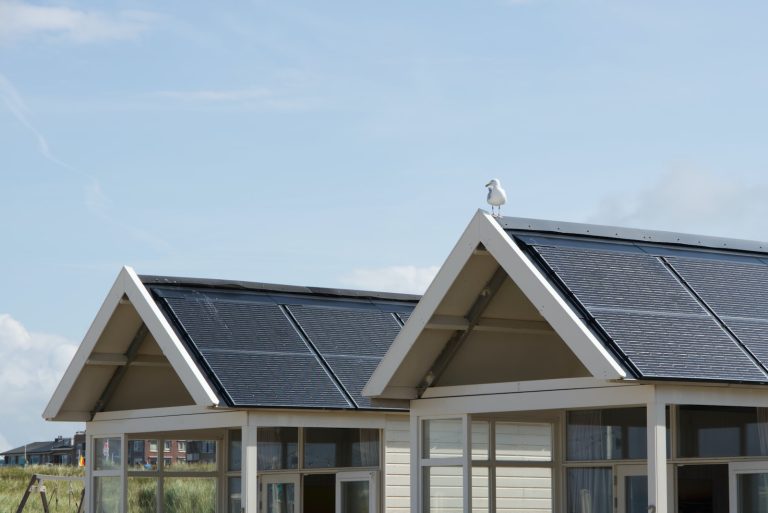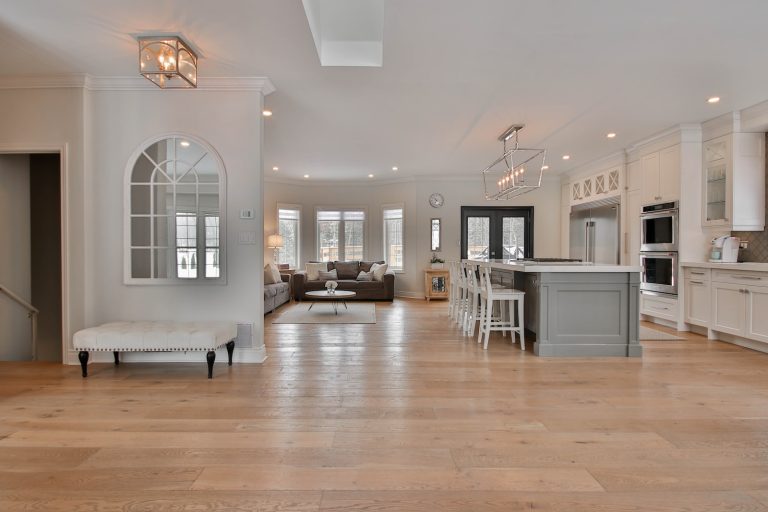How to Start a Container Garden on Your Balcony

Are you dreaming of having your own lush garden but don’t have the space for it? Fear not! Balcony container gardening is a great way to bring some greenery and freshness into your home.
Whether you’re an experienced gardener or just starting, there are plenty of ways to create a beautiful, thriving container garden on even the smallest balcony. In this blog post, we’ll cover everything from choosing the right containers and soil, to selecting the perfect plants for your space. So grab your gloves and get ready to start planting!
Introduction to Container Gardening
Looking to start a garden, but don’t have the space? Container gardening is a great solution for small spaces! All you need is a container (or several containers), potting soil, and plants.
When choosing a container, make sure it has drainage holes so your plants don’t get overwatered. You can use just about anything as a container, from recycled plastic bottles to old shoes to pretty pots from the store. Just make sure it’s clean and big enough for your plant’s roots.
Next, add some potting soil to your container. You can find this at any garden center. Be sure to use potting soil and not dirt from your yard, as potting soil is lighter and has nutrients that plants need. Once your container is filled with potting soil, it’s time to add your plants!
If you’re not sure what plants do well in containers, ask at your local nursery or garden center. They can help you choose plants that will do well in the type of container you have. Once you’ve chosen your plants, carefully remove them from their pots and place them in your container. Gently pat down the soil around the base of each plant.
Now water your plants and give them some sunlight. Be sure to check on them regularly and water when the soil feels dry to the touch. With a little care, your container garden will thrive!
Types of Containers
One of the great things about container gardening is that you can grow a wide variety of plants in a small space. almost any type of container can be used as long as it has drainage holes. Some of the most popular types of containers include:
- Pots: Pots come in a wide range of sizes, shapes, and materials. They are one of the most versatile types of containers and can be used for both indoor and outdoor plants.
- Window Boxes: Window boxes are a great way to add color and life to your windowsill. They come in a variety of sizes and materials to match any home style.
- Hanging Baskets: Hanging baskets are perfect for plants that trail or spill over the edge of the pot. They come in different sizes and materials, and can be hung from hooks or brackets.
Choosing Your Plants
If you’re starting a container garden, one of the most important things to consider is what plants you want to grow. Not all plants are well-suited for container gardens, so it’s important to choose ones that will thrive in the limited space and soil of a pot.
Some factors to consider when choosing your plants include:
- What kind of light does your balcony get? Full sun, partial sun, or full shade? This will help determine which plants will do best.
- How much space do you have? If you only have a small balcony, you’ll want to choose smaller plants that don’t require a lot of room to grow.
- Do you want low-maintenance plants or are you willing to put in a little more work? Some plants require more attention than others, so be realistic about how much time you’re willing to spend caring for your garden.
Once you’ve considered these factors, it’s time to start picking out the perfect plants for your balcony garden!
Soil and Fertilizer
One of the challenges of container gardening is that you have to be more vigilant about watering and fertilizing than if you were gardening in the ground. The good news is that there are lots of great products on the market to help make container gardening easier.
When it comes to soil, you want to make sure you get a quality potting mix that has good drainage. Some gardeners like to add perlite or vermiculite to their potting mix for extra drainage. You can also find potting mixes specifically formulated for container gardens.
As far as fertilizer goes, you want to use a water-soluble fertilizer that is high in nitrogen. Nitrogen is the nutrient that will promote green, leafy growth. You can find liquid fertilizers specifically designed for container gardens. Just be sure to follow the directions on the packaging carefully.
Sunlight Requirements
Sunlight is an important factor to consider when starting a container garden. If you live in an apartment or condo, your balcony may be the only spot that gets direct sunlight. In this case, choose plants that can tolerate shady conditions.
In general, most vegetables need at least six hours of direct sunlight per day in order to produce a good harvest. If you can provide this, great! If not, there are still plenty of options for you. Salads greens, herbs, and some smaller fruits and vegetables like cherry tomatoes can all do well in partial sun (three to six hours of direct sunlight per day).
Sunlight is an important factor to consider when starting a container garden. If you live in an apartment or condo, your balcony may be the only spot that gets direct sunlight. In this case, choose plants that can tolerate shady conditions.
In general, most vegetables need at least six hours of direct sunlight per day in order to produce a good harvest. If you can provide this, great! If not, there are still plenty of options for you. Salads greens, herbs, and some smaller fruits and vegetables like cherry tomatoes can all do well in partial sun (three to six hours of direct sunlight per day).
Tips for Growing in Containers
- Patio or balcony? If you have a patio, you can choose dwarf citrus, figs, and pomegranates, which all do well in large containers. If you have a balcony, make sure to get plants that can handle the wind and elements.
- Pick your plants carefully. Not all plants do well in containers—some need more space to grow roots, while others are just too big for pots. Research which plants will work best for your space and needs.
- Size matters. Choose containers that are proportional to the plants you’ve selected—a small plant in a large pot will look out of place and vice versa. Also, consider the weight of your pots when full of soil—you don’t want them toppling over!
- Get the right soil. Soil for container gardens is different than regular garden soil—it’s lighter and drains better. You can find this type of soil at most gardening stores or online.
- Don’t forget about drainage! Your pots should have drainage holes to allow excess water to escape and prevent root rot. If they don’t have holes, drill some yourself or line the bottom of the pot with gravel before adding soil.
- Water wisely. container gardens dry out faster than in-ground gardens, so be sure to check on your plants regularly and water as needed (usually every day during hot weather).
Container Garden Maintenance
Assuming you have already set up your container garden, there are a few basic things you need to do to keep it healthy and thriving. First, make sure you are watering your plants regularly.
They will need more water in hot weather, so be sure to check them daily during the summer months. Second, fertilize your plants once a month using a water-soluble fertilizer.
Third, deadhead annual flowers as they start to fade to encourage new growth. Finally, tidy up your garden by removing any dead leaves or stems. By following these simple tips, you can enjoy your lovely container garden all season long!
Conclusion
With just a few simple supplies, patience and the right guidance, container gardening on your balcony can be an enjoyable way to get more in tune with nature’s rhythm. As you make progress in your journey of being a happy and successful balcony gardener, don’t forget to have fun exploring all its potentials!
Tend to your plants daily and give them all the care they need. Soon enough, you will finally be able to proudly show off flowers full of colors or other types of edible produce grown from home — something that will definitely bring joy into your life!

Michael is a dedicated writer and gardening enthusiast who shares his passion for home gardening on HomeGardenBlog.com. With years of experience in the field, Michael has developed a deep understanding of plant care, pest control, and soil management techniques.






